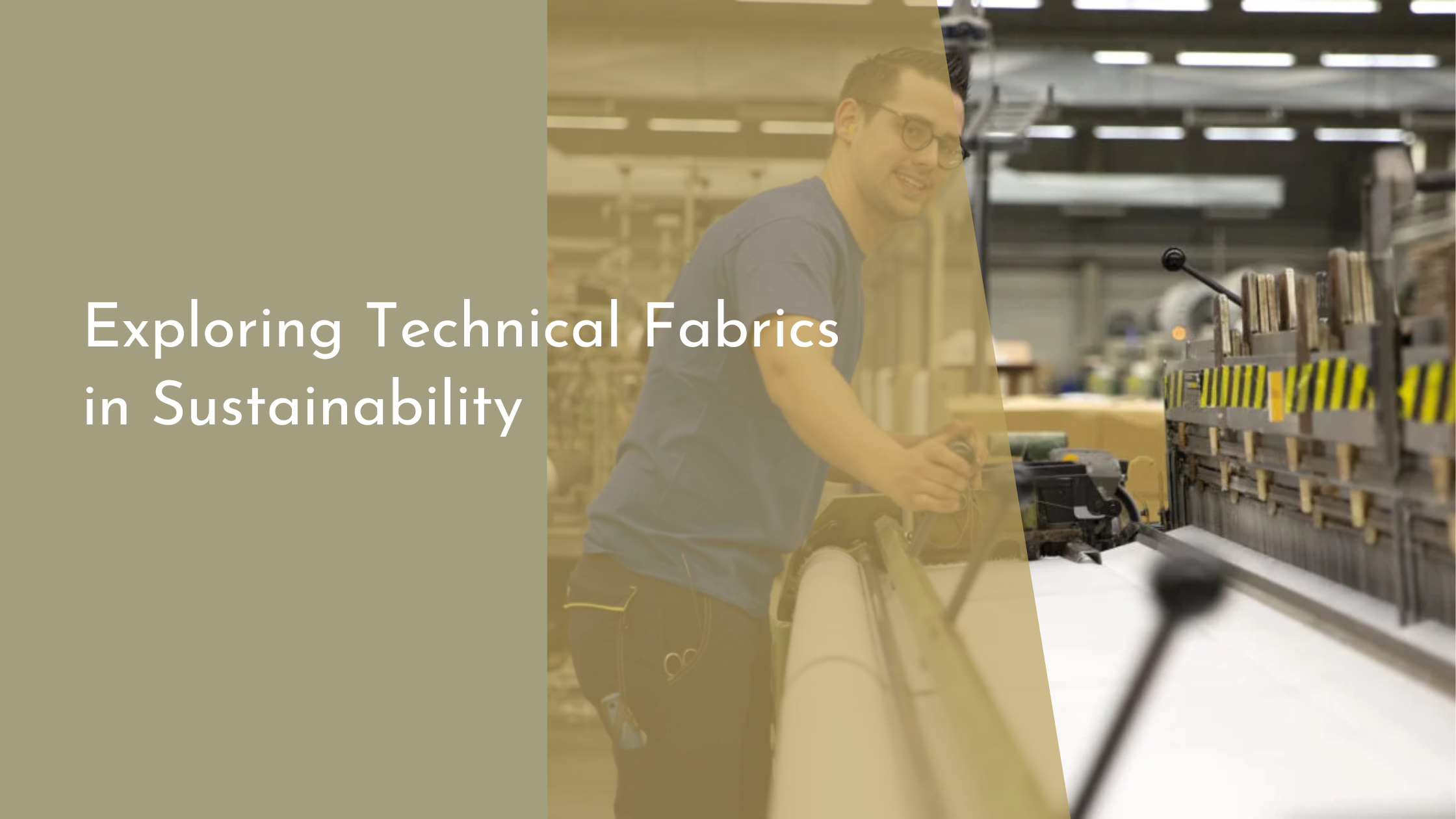Exploring Technical Fabrics in Sustainability
In recent years, the fashion industry has undergone a transformative shift towards sustainability, driven by growing environmental consciousness and consumer demand for eco-friendly alternatives. At the heart of this movement is the development and use of technical fabrics, which combine advanced technology with sustainable practices. This article explores the role technical fabrics play in creating a more sustainable fashion industry by delving into their composition, benefits, and the innovative strategies driving this change.
Understanding Technical Fabrics in Fashion
Technical fabrics are engineered textiles designed to meet specific performance and functional requirements. Traditional fabrics like cotton or wool are often redefined through the use of technology to enhance durability, breathability, and moisture-wicking properties. Such advancements cater not only to the comfort and practicality of garments but also address the pressing need to reduce the environmental footprint of textile production. By leveraging cutting-edge technology, the fashion industry can create garments that last longer and require less frequent washing, thereby conserving resources like water and energy.
These fabrics are not limited to their performance benefits but also hold significant potential in sustainable fashion. Through the use of recycled materials, bio-based fibers, and eco-friendly manufacturing processes, technical fabrics are redefining what is possible in sustainable garment production. Companies now focus on developing textiles that maintain high performance standards while minimizing their impact on the planet. This shift is crucial given the global call for sustainable solutions across all industries, particularly in fashion, which is known for its extensive carbon footprint.
The Role of Innovation in Sustainable Textiles
Innovation is the driving force behind the development of sustainable technical fabrics. The integration of advanced technologies, such as 3D knitting, digital printing, and nanotechnology, has enabled designers to revolutionize how fabrics are created. These technologies allow for precise customization, reducing waste and conserving materials. Furthermore, the emergence of smart textiles, which can respond to environmental changes or monitor health metrics, showcases the potential of technology to enhance both the sustainability and functionality of fabrics.
In addition to technological advancements, sustainability in textiles is also being achieved through bioengineering and the use of renewable resources. Scientists are developing biodegradable fibers and experimenting with plant-based materials like hemp, bamboo, and organic cotton. These materials not only reduce reliance on petroleum-based fibers but also offer a lower-impact alternative to conventional textile production. By fostering collaboration between designers, material scientists, and manufacturers, the fashion industry is well-positioned to explore innovative solutions that prioritize both environmental health and fashion-forward design.
Key Benefits of Sustainable Technical Fabrics
One of the primary benefits of sustainable technical fabrics is their potential to significantly reduce environmental impact. Traditional textile manufacturing is resource-intensive, consuming vast amounts of water, energy, and harmful chemicals. In contrast, sustainable technical fabrics are often produced using innovative processes that minimize waste, utilize renewable resources, and reduce emissions. By opting for these eco-friendly textiles, fashion brands can drastically cut their carbon footprint and promote environmental stewardship.
Beyond their environmental benefits, sustainable technical fabrics also offer economic advantages. Garments made from these materials tend to have greater durability and longevity, translating to cost savings for consumers over time. Additionally, the growing consumer preference for sustainable products presents a lucrative opportunity for fashion brands to capture market share and build brand loyalty. By investing in sustainable textiles, companies can align with consumer values and position themselves as leaders in the conscientious fashion movement.
Bright Future: Embracing Eco-Friendly Fashion
The future of fashion lies in embracing eco-friendly practices, with sustainable technical fabrics playing a pivotal role. As more consumers become aware of the environmental impact of their fashion choices, there is a growing demand for transparency and accountability within the industry. Brands that prioritize sustainability and ethical practices will likely find greater success and resonance with environmentally-conscious consumers. This shift not only benefits the planet but also encourages a shift towards more thoughtful and intentional consumption habits.
Looking ahead, continued innovation in technical fabrics promises exciting possibilities for sustainable fashion. The focus on circular fashion, where products are designed for reuse and recycling, aligns perfectly with the ethos of sustainable textiles. By embracing these advancements, the fashion industry can move towards a more sustainable future, characterized by reduced waste, enhanced product longevity, and a more harmonious relationship with the environment. The integration of sustainability in fashion is not just a trend but a necessary evolution, and technical fabrics are at the forefront of this promising transformation.
Sustainable technical fabrics are redefining the fashion landscape, offering a harmonious blend of style, functionality, and environmental responsibility. As the industry continues to innovate and adopt eco-friendly solutions, there is hope for a future where fashion is both beautiful and sustainable. By understanding and embracing these advancements, both consumers and brands can contribute to a more sustainable world. The journey towards a greener fashion industry is an exciting one, filled with opportunities for creativity, collaboration, and positive change.

